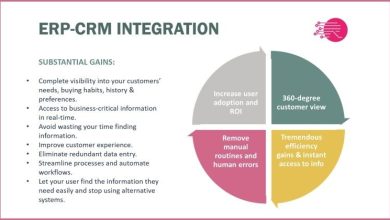Here is a Your 5 Minute Guide to Generator Switches
A power failure, even for a few minutes, can severely impact businesses and industries across the globe. Environments like data centres and hospitals can incur a heavy loss with even the slightest of downtimes. A sudden power failure can disrupt production and lead to a loss of crucial data. Investing in an efficient emergency power system is a crucial decision for most facility owners. It has become an absolute necessity to have a backup generator to ensure the smooth running of operations on an enterprise level.
While a generator qualifies as a necessary investment for modern facilities, the need for a generator switch is often ignored. An effortless transfer of electric load from the utility line to the backup source is a vital part of any backup power system. In this article, we look at everything that you need to know about a generator switch.
Generator Switch: How Does it Work?
A generator switch is an innovative electronic component that has significantly improved the load transfer process. It helps in transferring the electricity supply from the utility line to the generator in situations of a power emergency.
A generator switch monitors the power incoming from the utility line and switches the power to the generator as soon as it detects a change in the overall voltage supply. There are two types of transfer switches available in the market – automatic and manual.
A manual generator switch must be manually flipped to switch the power supply to the standby or portable generators. It necessitates human intervention.
An automatic generator switch, on the other hand, functions independently. It can anticipate when a power cut is about to happen and automatically switches the power source to the generator.
The Importance of a Generator Switch
While it is possible to run a generator without a generator switch, it poses a serious risk to human life as well as the infrastructure.
A generator switch ensures that the primary power supply doesn’t come in contact with the backup generator. Furthermore, it alleviates the scope of the generator backfeeding the utility supply and putting workers at serious risk.
The power grid must be isolated from the generator at all costs during a power cut. Skipping the installation of a generator switch might save your enterprise some money but can prove extremely expensive in the long run.
Risks like backfeeding can electrocute employees who are working on the transformers or power poles. A generator switch is mandatory by law in a plethora of countries to improve the overall safety levels.
Without a generator switch, each electrical appliance will need to be individually connected to a portable generator, presenting serious installation challenges for facility owners.
Connect with a Renowned Electrical Service Provider
Investing in a generator switch is a crucial call for facility owners. It ensures the seamless flow of electricity, ensures the safety of equipment and employees, and makes operations seamless for industrial and commercial facilities.
Finding the right electrical service provider is regarded as the final and crucial step for industrial and commercial facility managers. With the market saturated with multiple service providers, finding the best provider can seem challenging. Our recommendation is to look for a name that gives you access to the best specifications for your mission-critical environments. The best part about associating with a renowned name is that you are in close contact with experts in the industry. They will analyze your facility and recommend a generator switch that will integrate perfectly with your electrical appliances.
















